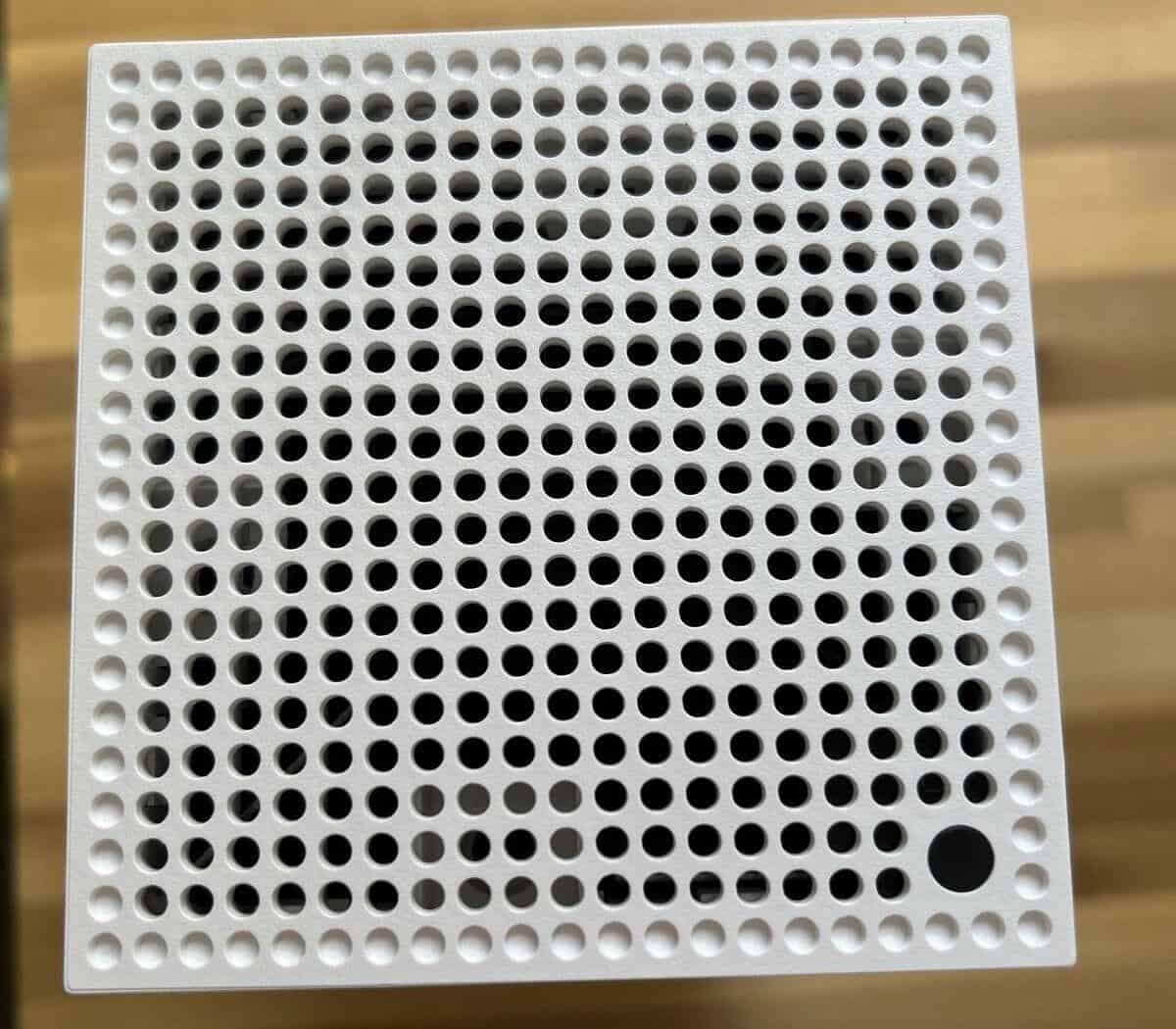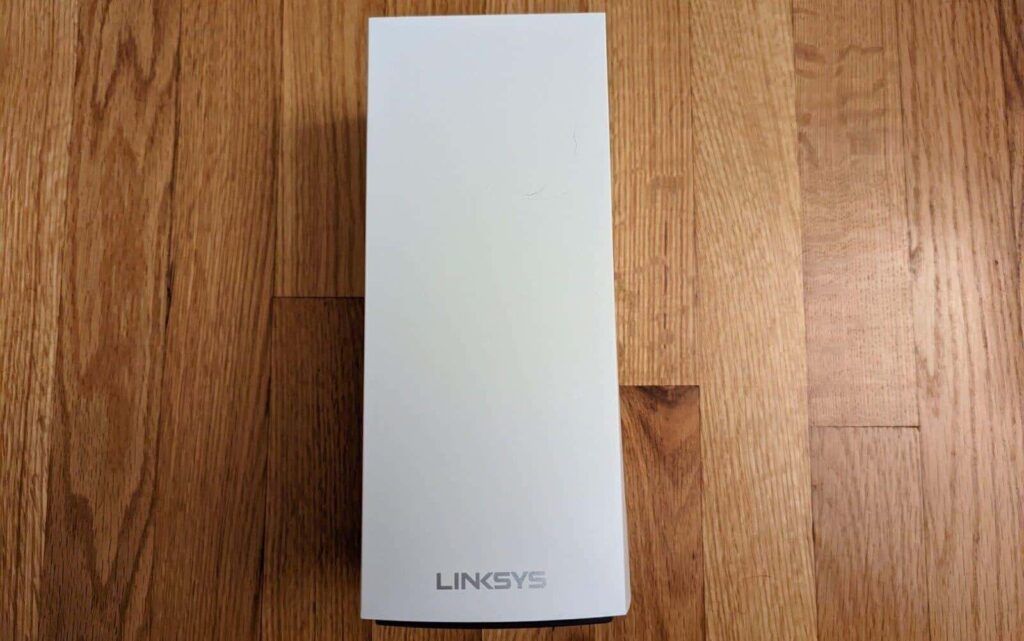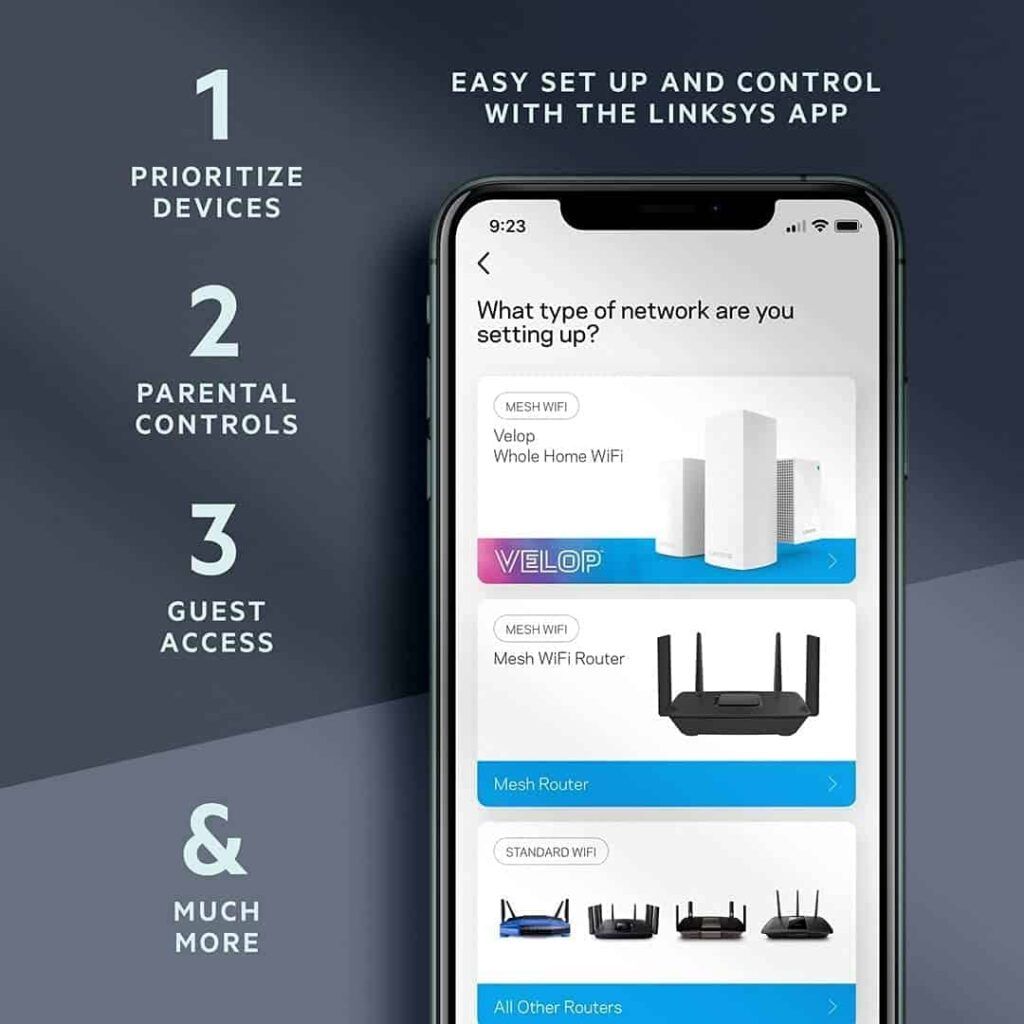Linksys MX8000 Mesh WiFi (AX4000) Review: Does It Deliver All The Promises Made?


Linksys MX8000 is a tri-band mesh WiFi system that offers an aggregated speed of AX4000. The AX stands for Wi-Fi 6 and 4000 means 4000 Mbps which is the combined speed of one 2.4GHz and two 5GHz bands.
Plus, it promises to cover a 5,400 Sq Ft large home, making it a complete package. But does it actually offer all the promised specs in terms of usage? This review helps you find out.
During this period, I thoroughly observed the MX8000 for several attributes including speed, throughput, consistency, coverage, security, ease of setup, control, and more. So, this Linksys AX4000 review is in no way sponsored but by my usage and experience.
Linksys MX8000 Specs
Linksys MX8000 Review: After 4 Weeks of Testing

LINKSYS MX8000 REVIEW
How well does the Linksys MX8000 perform in real-time use cases such as gaming, content creation, large file downloads, and more? Does it keep up with expectations when multiple devices are connected? Well, I paired this Linksys mesh with Motorola MB8611 (one of the top-rated DOCSIS 3.1 modems) and used it for four weeks. Continue reading the review to know if it’s worth your usage.
Linksys MX8000 Speed

Featuring Wi-Fi 6, the Linksys AX4000 supports most high-speed internet plans out there. Moving forward, I tested the system with Xfinity’s Gigabit plan to validate the claims made by the manufacturer to offer maximum combined speeds of 4000 Mbps.
The tests were carried out in various settings, and to my surprise, the device performs exceedingly well.
Near the system, the download speed was around 907 Mbps and the upload speed was around 35 Mbps. When I moved to another room, the speeds fell off by 150-300 Mbps on each band, while far away in the garden, the speeds were around 350 Mbps. These speeds make the system ideal for HD streaming, gaming, and other data-hungry activities.
Wireless Coverage & Devices Capacity
The Linksys MX8000 WiFi range is rated at 5,400 Sq Ft which is ahead of its competitors by quite a mile. It features 6 beamforming antennas that help penetrate signals through concrete walls.
I tested it in my 3,700 Sq Ft large home with over 50 devices connected to the network. Trust me, I didn’t have to compromise on speeds. And unsurprisingly it left zero WiFi dead zone too. The hardware capabilities (which I shall discuss later in detail) is superb!
Besides, MX8000 integrates an Intelligent Mesh technology that further boosts its data transmission capacity. So devices far away from the system, like the garden or garage, don’t have to wait long to receive signals.
Another aspect that makes the mesh system suitable for big houses is its Next-Gen OFDMA technology. Thanks to it, there’s a reduction of latency in connections by almost 95% across all scenarios. Your gameplay experience with this mesh system has gotten much better.
Design & Connectivity

Linksys MX8000 WiFi 6 mesh has big white enclosures that blend with most internal decors. They stand 9.6 inches tall and are 4.5 inches in depth and width.

The bulk is well-used by Linksys, with each node featuring 3 Gigabit Ethernet ports and 1 USB 3.0 port. It adds to the overall versatility of the WiFi system, and you can establish a wired mesh network to experience much faster speeds.
The mesh system features an indicator light on the top, which turns blue when connected while red when it loses connectivity, and purple during setup. Besides, there’s a reset button, an on/off button, and a WPS button at the base of each node.
Security Features
Security is where this Linksys mesh WiFi lags behind ASUS ZenWiFi XD6, Netgear Orbi RBK753S, and others in the retail space.
It doesn’t come with the latest/advanced antivirus protection to safeguard your connected devices and home network from viruses, malware, and ransomware. But it includes WPA2 / WPA3 Mixed Mode security support that keeps your user credentials and other important databases safe and secured.
Aside from that, parental controls are also basic. You can pause your WiFi with just a tap, block specific websites, and schedule pauses, but there’s no option to apply granular age-based filters, which you get in systems like TP-Link Deco X90.
Hardware & Performance
Although Linksys AX4000 doesn’t feature any advanced hardware specifications, its 1.4GHz Quad-Core processor combined with 512MB RAM and flash memory allows faster data transfer. It implies that these settings work to eliminate network traffic and ensure the smooth passage of data from the transmitter to the receiver.

With such a setup, you won’t have to think twice before running any bandwidth-intensive applications or tasks. You can game all day long on 10-12 devices simultaneously at 120 FPS without lags or latencies.
Linksys MX8000 Setup

With Linksys multi-platform app in place, setting up Linksys Velop AX4000 WiFi 6 mesh system feels like a breeze!
Connect the Linksys MX8000 mesh router with a modem and wait until the indicator light on the top turns purple. Once it does, log in to the app with credentials imprinted on the rear side of the mesh, and viola! You are ready to browse once the indicator light turns green.
It took me around 10-15 minutes to install the device and fully configure it. The app’s video-based instructions make the setup much easier for those who don’t have much experience with such systems.
My Likes & Dislikes
Pros
- Good selection of ports
- Wi-Fi 6 support
- Easy-to-use app
- Faster speeds
- Greater coverage
Cons
- Only basic security
- Still expensive
Frequently Asked Questions
Is the Linksys mesh WiFi 6 worth it?
Priced under $400, the Linksys mesh WiFi comes with tri-band support and six beamforming antennas to deliver faster speeds further away from the system. Besides that, other technologies like Intelligent mesh, beamforming, next-gen OFDMA, and others boost its performance further.
How to set up a Linksys mesh?
Here is a step-by-step guide to setting up your Linksys mesh:
- Power on the unit and wait for the indicator light to turn solid purple
- Install the Linksys app on your device, launch it and set up a new Wi-Fi network
- Tap on the option named “mesh WiFi router”
- Plug in a node and log in to the app by providing the required credentials
- Once you are logged in, wait for the signal to turn green and you’re ready to go
How many devices can Linksys MX8000 handle?
As per the manufacturer, Linksys AX4000 tri-band mesh can handle up to 80 devices simultaneously. But, in a real-time test, I connected 45 devices located in different parts of the house, and the speed output was satisfactory. But anything more than that resulted in potential lags or clunkiness.
Can you use a Linksys Velop without a router?
Yes, you can. If you need faster speeds across a larger area, a mesh system is a viable upgrade and replacement for your traditional router. However, in order to connect to the internet, you must first connect it to a modem.
How far apart can Velop nodes be?
Velop nodes need to be separated by a 60-120 feet range depending on your home size. But anything more than that would not be a viable option. The nodes will then find difficulty in connecting to the main unit and each other.
Conclusion
Linksys Velop MX8000 delivers a fairly good speed and performance. It finds no trouble in broadcasting strong signals across your space. Good range, easy installation, and more parts add more brownie points to its total. But the little expensive price tag and a lack of advanced security take it away from easy recommendations.
